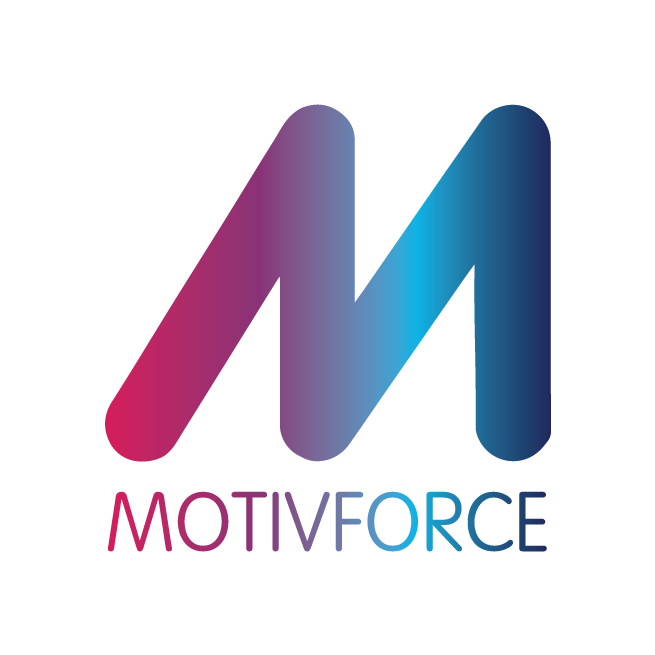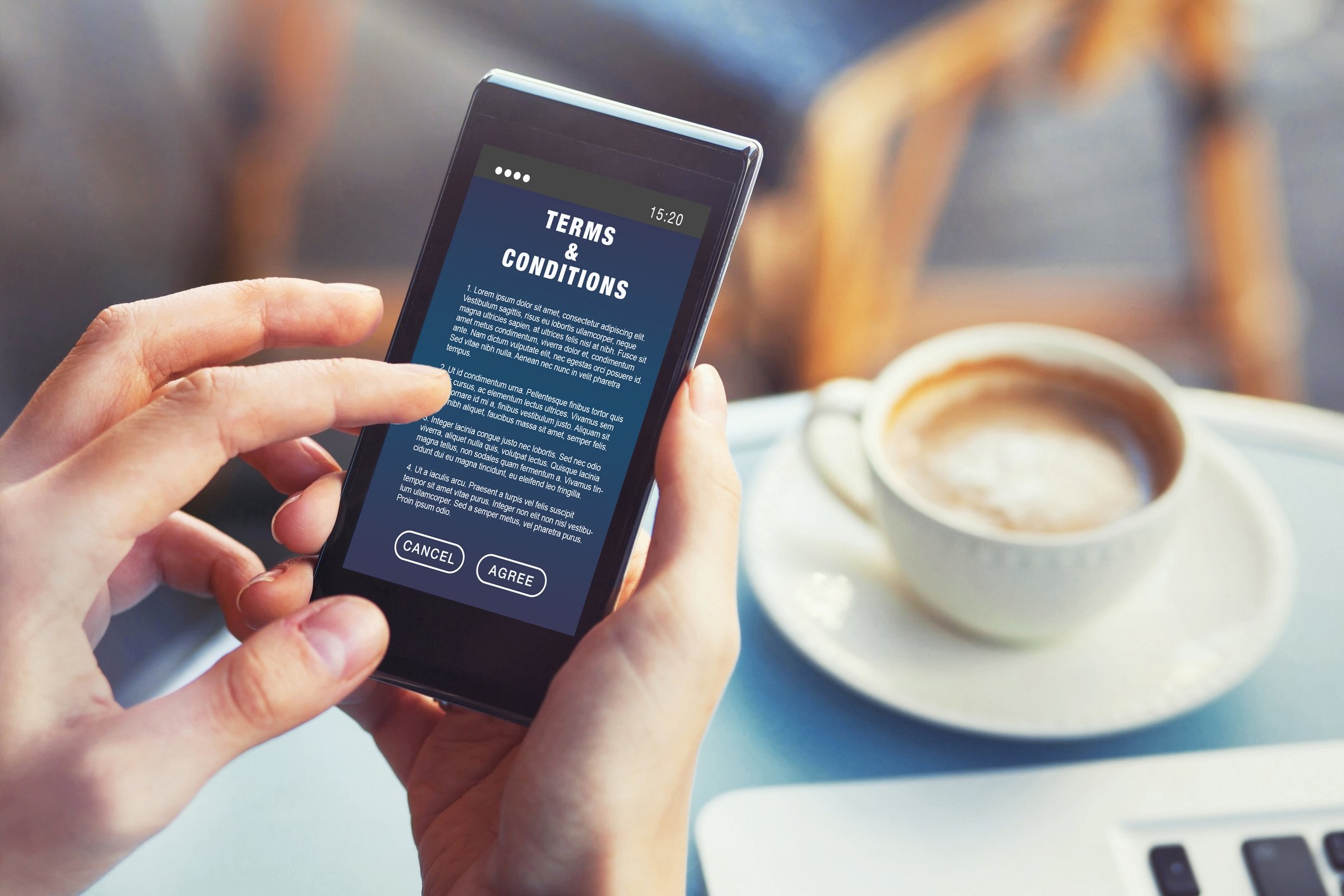How To Motivate and Engage a Hybrid Workforce
By Ko de Ruyter, Debbie Keeling and David Cox
During the Covid pandemic many companies embraced, or were forced, to Work-From-Home. All of a sudden, employees were communicating, collaborating and innovating from the comfort of every imaginable space in the house. Now, as business headquarters are opening up, most employees are certainly not rushing back to the office.
‘Work Form Hybrid’ has emerged as the new normal. It is clear that there will be no return to the traditional 9-to-5 office-day. Employers are witnessing the dawn of the hybrid workforce. But firms are now facing challenges around motivating and engaging hybrid workers and how to draw lessons from what just happened to the world of work.
In a recent study ‘The effects of remote work on collaboration among information workers’, researchers analysed communication patterns of over 60,000 Microsoft employees during the first six months of 2020 (just before the pandemic took hold). As one of the key engines behind remote working, Microsoft was already practising what it preached before the virus hit. The company was therefore able to share a mountain of data from chat messages, Teams meetings and even old-fashioned telephone calls.
The results painted a detailed picture of how the nature of work changed with the advent of the pandemic.
Three key take-aways emerge from the study.
1. Collaboration and communication happen more frequently within groups and less often between groups. This leads to more ‘groupthink’ and a drying up of the supply of creativity and fresh ideas, which in turn hindered Microsoft’s innovation capability.
2. Informal networks ground to a halt and the lack of new relationships stifles the development of knowledge and skills. Let’s face it, spur-of-the-moment water-cooler-chats are hard to strike up online.
3. There was a shift from synchronous (i.e direct contact) to asynchronous communication (i.e delayed contact). Remarkably, people were flocking to email, even though Microsoft is the company that gave us the online meeting tool Teams. While email is excellent for sharing information, it does not have the richness of a meeting or call, and therefore it is harder to create understanding and relationship building.
The overall conclusion is that employees who Work-From-Home disengage more easily and team effectiveness is under siege.
At the same time, Work-From-Home is here to stay. It simply has too many benefits for both employers and employees to be stopped.
How do you facilitate the transformation of Work-From-Home into Work-Form-Hybrid?
How can companies navigate the pitfalls of disengagement that hamper collaboration? How do you deal with the stress of rebuilding cohesion, maintaining shared values and managing innovation in siloed organisations?
An important part of the answer is to identify innovative ways of rewarding and recognising hybrid work practices that promote social capital. Social capital is all about the value of social networks; how likeminded people bond and how bridges between diverse people can be built. It stimulates the informal, but vital, information flows within organisations.
6 ways to reward employees for collaborative hybrid work practices
Ask people to provide evidence of meeting a colleague who works in another group or unit, a simple selfie or screenshot will work.
Reward the initiative of organising virtual and face-to-face coffee or lunch breaks with another team, even or especially if the teams are not working together now.
Mandate that the camera should be turned on for virtual meetings. Evidence is emerging that many participants in virtual meetings are disengaged when the camera is turned off and are actually involved in other primary tasks. Simply logging into a meeting and not participating or being engaged is a waste of time and resources.
Incentivise health checks as an integral part of meetings to look for burnout signs.
Be sure to be inclusive of your recognition policies across both remote and office working practices.
Disincentivise emails with endless “reply all” threads, while investing in state-of-the-art remote working tools and platforms that allow for employees to talk to each other.
By recognising these communication and collaboration practices and capitalising on hidden information flows you will be able to reimagine employee engagement and deliver on work practices that equip you with the capabilities of dealing with the challenges and opportunities of the hybrid workforce.






